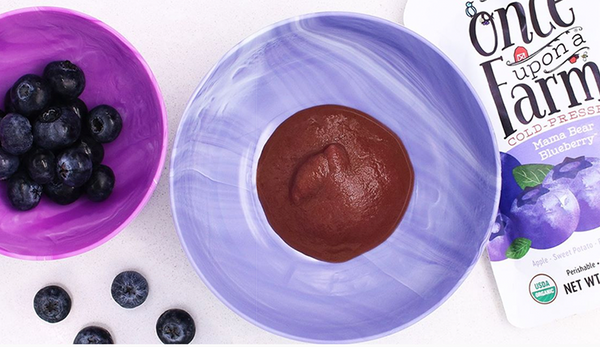How To Create an Organized Learning Space at Home

Here we go… let’s make distanced learning more successful for both parents and kids.
We hope these tips and tricks will help you and your family ease into at-home learning.
Prepping an organized space now can help save time in your daily routine. We love these tips from Holly Blakey of @breathing.room.organization:

1. Choose a space:
Don’t underestimate the power of the space you select for learning. This will be different for each family and each home, but here are a few keys:
-
Dedicated space: This might seem like a no-brainer, but a key to success will be routine and consistency. Chose a dedicated spot as your child’s workspace, keep all their supplies close, so they know once they’re seated, it’s time to learn. It’s the same concept as keeping your bed a place to sleep, helps you sleep better.
-
Distraction-free: This will depend on your kid’s age. For younger children, you might want to keep them out of their rooms or any space that has a lot of their toys. Or it might mean away from the kitchen where you’ll be preparing meals or other siblings might be making noise.
-
Natural light: If possible, select a space near a window. Sunlight, even if not direct, produces serotonin, which helps boost alertness and focus. And let’s face it, we all need a little more of that when at home… because napping just sounds better when your bed is steps away.
-
Near an outlet: If you’re a part of the remote learning camp, you’ll be relying a lot on a laptop. Place your desk or table within cord’s reach of an outlet to avoid cutting out of a zoom call because the battery died. (well… maybe that wouldn’t be so bad)

2. Select your tools and storage:
-
Writing tools (pens, pencils, crayons, markers, highlighters, whiteboard pens, etc.) Could be stored in mason jars or emptied/cleaned candle jar
-
Binders, notebooks, and dividers can be stored in magazine holders
-
Craft supplies (glue, scissors, erasers, tape, etc.) can be stored in a utensil organizer or jars
3. Upkeep is key:
• An organized system will only remain organized if there’s consistent, simple upkeep. Make this daily clean-up routine fun. Allow them to pick their favorite song to play while they put things back where they belong, and end the school day with a way to connect with them.
*Tips and images used with permission. Read more at https://www.breathingrm.org/post/how-to-create-an-organized-home-learning-space

If your little one isn’t in school yet but you like to work on lessons from home, try “Morning invitations” (a tip from @occasions.byshakira via Instagram). She suggests having a simple activity sheet that includes coloring or stickers that they can look forward to each day. This routine can help mornings feel less chaotic, warm their brains up, and mommy has a little bit of extra time to grab a coffee before the day fully gets into gear.
Wishing you all lots of luck, love, and patience this school year. Keep us in mind for snack-time, our dairy-free, no sugar added smoothies, yogurts or fruit & veggie blends are a no-prep, no-clean up treat to make busy days better. We’ll continue to share more tips, tricks, and recipes as we go through this journey together.

Photo Credit: https://www.instagram.com/hippity.hoppity.nopes/
Read More

Immune Boosting Foods
As many of us are spending more time at home...

Using Purees for Baby-Led Weaning
We’re so excited to partner with Whole Mamas for an...

Homemade Teething Biscuits & Frozen Yogurt Bites
Teething Biscuits Ingredients 2 cups of thick rolled oats 1...
